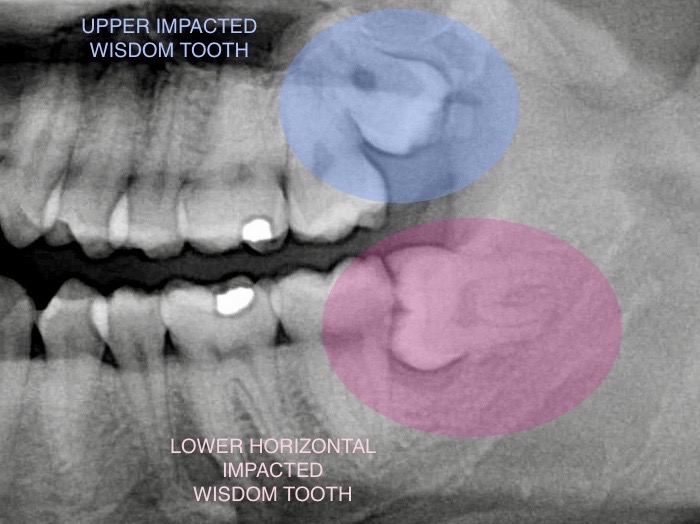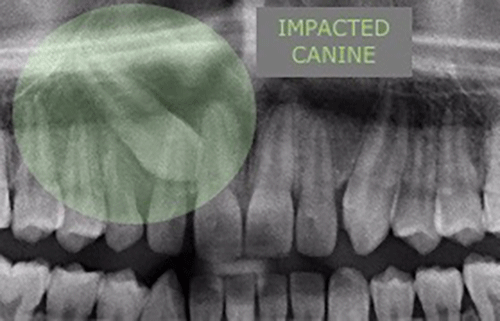Extractions
Dr. Haghighat has extensive training in oral surgical and dento-alveolar procedures, obtained during his maxillo-facial residency. He has the expertise needed for complex extractions, including wisdom teeth.
Tooth extractions may be indicated for a number of reasons, and most commonly include decay, periodontal disease, and tooth fractures.
Wisdom Tooth Removal
The problems involving your wisdom teeth may be caused by the size of your jaw and/or by how crowded your teeth are. “Impacted” wisdom teeth are prevented from fully erupting in the mouth by adjacent teeth or surrounding bone. This can cause repeated infection and gum tenderness, cystic formations, periodontal pocketing and food implication and damage to adjacent teeth.
Common warning symptoms that there is an unnatural problem in the development of your wisdom teeth could be pain and swelling.
Symptoms can be caused by:
- Infection to the gums
- A crowded tooth displacing neighboring teeth
- A decayed wisdom tooth
- Poorly positioned wisdom tooth
- A cyst that destroys bone
In complex extractions, our highly trained staff will guide you through the process. We employ various sedation techniques which will help to put your anxiety at ease.
Post-operative care and instructions will be thoroughly reviewed and every effort is made to make your recovery as comfortable as possible. It is important to keep the extraction sites as clean as possible for the first few weeks after surgery. It may be difficult to clean your teeth around the sites of the extraction because it is sore. If this is the case it is best to keep the area free from food debris by gently rinsing with a mouthwash or warm salt water (dissolve a flat teaspoon of kitchen salt in a cup of warm water) commencing on the day after surgery. If possible, avoid smoking.

Unerupted Teeth
The canine, or eye tooth, normally erupts into the mouth between the ages of 11 and 13. Sometimes one or both canines develop in the wrong position. Often they lie across the roof of the mouth behind the front teeth.
Why do I need treatment?
If one or another of your canines are in the wrong place, you may need treatment as part of your on-going orthodontic treatment. It is necessary to help the tooth erupt into the mouth. If left alone the tooth will not erupt normally and may either damage the roots of the front teeth or push them out of position.
How will the orthodontist pull the tooth into the correct position?
A small bracket is glued to the tooth. Attached to this is a chain which your orthodontist can then use to pull the tooth into the right position. The chain is usually stitched out of the way but it is quite delicate and therefore it is important to be careful when eating for the first few weeks after surgery.

